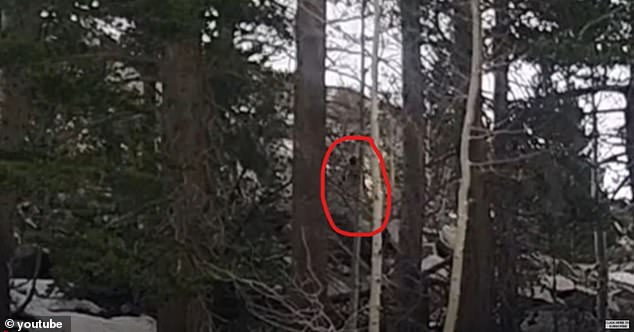
Archaeologists Uncover Ancient ‘Afterlife Door’ in Egyptian Prince’s Tomb
Archaeologists Unearth 4,400-Year-Old Tomb of Previously Unknown Egyptian Prince
A team led by renowned archaeologist Dr. Zahi Hawass has uncovered a 4,400-year-old tomb in Egypt’s Saqqara necropolis, revealing the existence of a previously unknown royal figure: Prince Userefre (or Waser-If-Re). The discovery centers on a monumental pink granite “false door”—the largest ever found in Egypt—measuring 15 feet high and 4 feet wide. This symbolic portal, meant to guide the prince’s soul to the afterlife, underscores the spiritual and material efforts ancient Egyptians invested in eternal rest.
Inside the tomb, hieroglyphs identified Userefre as the son of Fifth Dynasty founder King Userkaf, with titles like “Royal Scribe,” “Judge,” and “Governor of the Buto and Nekhbet Regions.” “Before this discovery, we didn’t even know he existed,” said Egyptologist Ronald Leprohon.
Image 1: The massive pink granite false door, adorned with hieroglyphs, served as a spiritual gateway for the prince’s soul.
Spiritual Significance of the False Door
False doors, common in elite tombs, acted as metaphysical bridges between the living and the dead. Dr. Melanie Pitkin explains, “The ka [life force] of the deceased would travel through the door to receive offerings from family and priests.” What sets this door apart is its rare pink granite, sourced from Aswan 650 km away—a material reserved for royalty. Its size and material reflect Userefre’s high status, though his burial chamber remains undiscovered.
Image 2: A red granite offering table, etched with ritual inscriptions, found alongside ceremonial chairs.
Luxurious Funerary Treasures
Beyond the door, archaeologists found 13 high-backed chairs with pink granite statues, likely for ceremonial use. A red granite offering table (92.5 cm wide) bore carvings detailing sacrificial rites. Intriguingly, a 1.17-meter black granite statue of a later-era man was also found, suggesting the tomb was reused centuries after Userefre’s death.
Image 3: The Saqqara excavation site, led by Dr. Hawass, where the tomb and its artifacts were meticulously uncovered.
Ongoing Mysteries
The tomb’s reuse highlights Saqqara’s enduring sacred role. Researchers continue searching for Userefre’s burial chamber, which may hold further insights into Fifth Dynasty royalty. This discovery not only expands our understanding of ancient Egypt’s spiritual practices but also emphasizes how much remains hidden beneath the sands.
Word count: 398
(Note: Image captions and section breaks are placeholders for visual content.)
This condensed version retains key details while eliminating redundancy, focusing on the tomb’s significance, the prince’s identity, and the artifacts. Images are strategically noted to align with the narrative.


